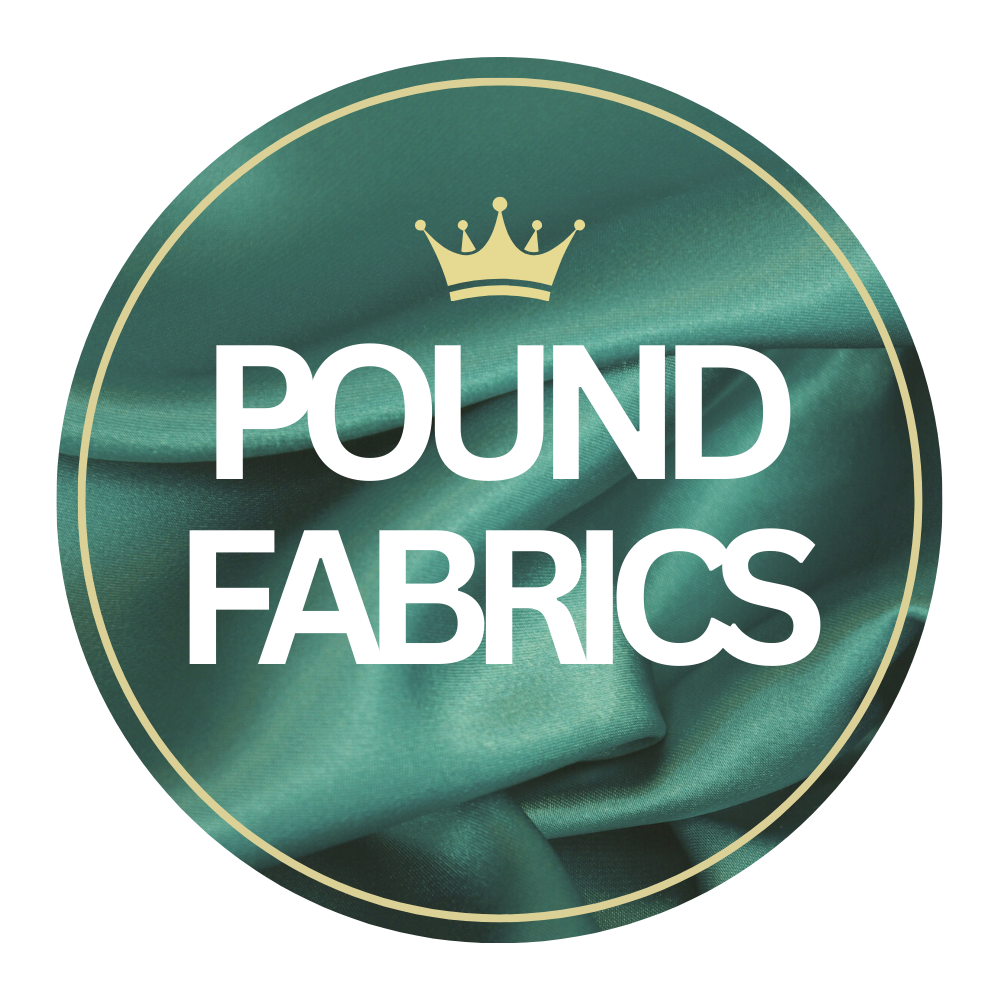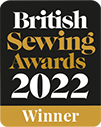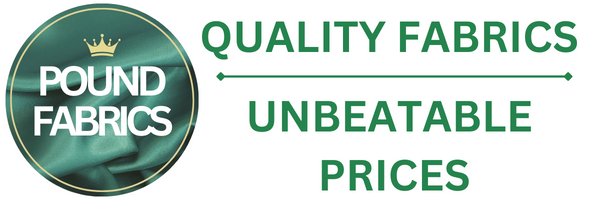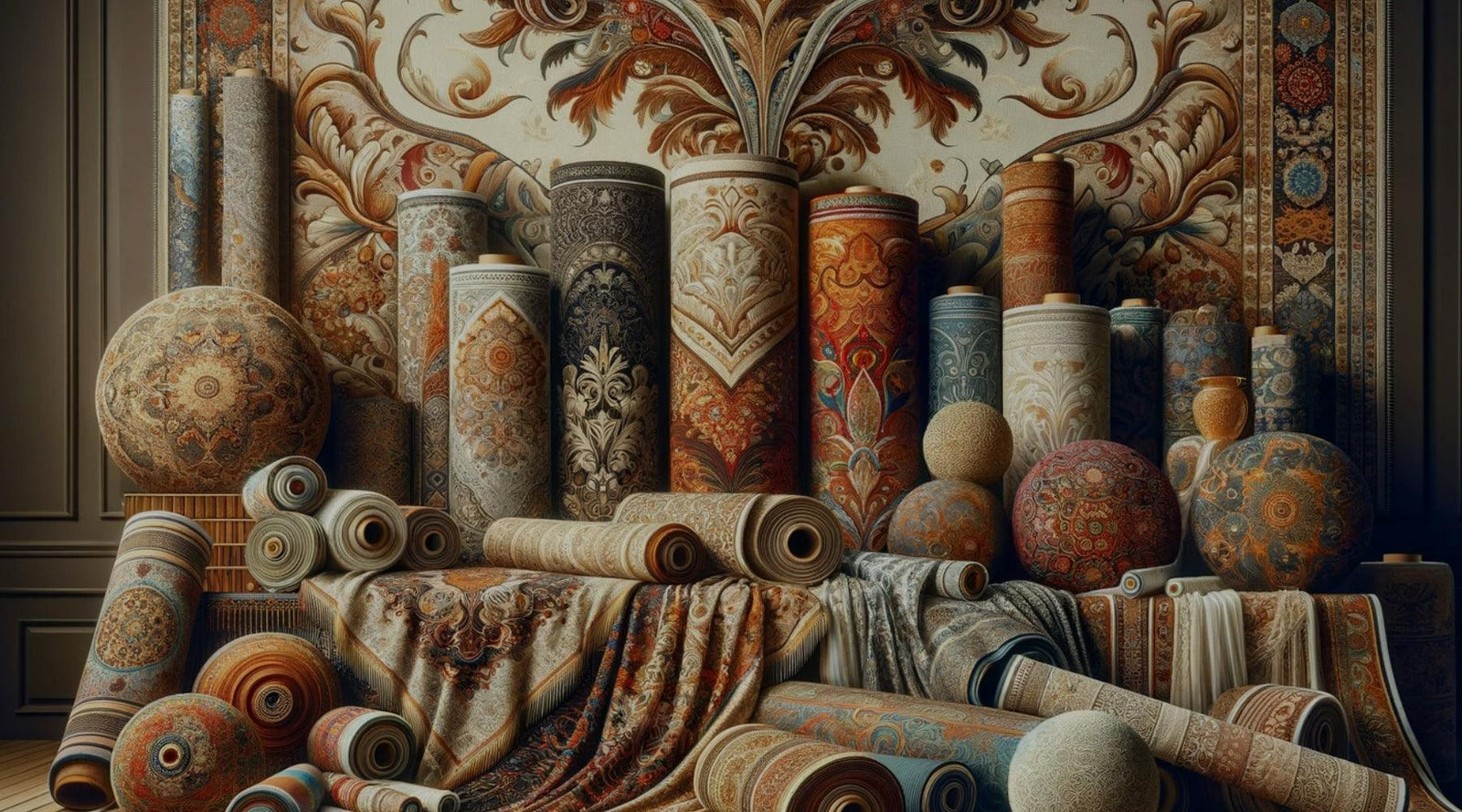What Is Viscose Fabric
Have you ever touched a fabric as soft as silk but more affordable? That may be viscose! Many clothes and textiles are made from the popular material, viscose. Its smooth texture, lovely drape, and subtle sheen are well known. But what is it? Is it natural and how is it made?
This article will cover the basics. We will investigate the origins, manufacturing process, and pros and cons of viscose. We’ll also share tips on how to properly wash and care for your viscose clothing to extend its lifespan. Whether you’re a fashion enthusiast or just curious about fabrics, this guide will help you understand viscose better.
A Brief History of Viscose
Viscose was first invented in the late 1800s as a cheaper alternative to silk. While trying to make artificial silk, scientists found a way to spin wood pulp into fibres. They first called this new fibre “artificial silk,” but then it became known as viscose fibre.
The process was initially developed by Charles Cross and Edward Bevan in the late 19th century. It quickly became popular because it was less expensive than real silk and had a similar look and feel.
Over the years, viscose material has been used in many items of clothing, from dresses and blouses to linings and even carpets.
How is Viscose Made?
Viscose production begins with wood pulp, frequently sourced from eucalyptus or beech trees. This pulp is treated with a series of chemicals, including sodium hydroxide and carbon disulphide. This breaks it down into a thick, viscous liquid called viscose dope.
The liquid is then pushed through small holes called spinnerets, creating thin fibres. The fibres are washed and processed to produce viscose yarn for fabric weaving and knitting.
Despite its plant-based origins, the chemical treatment of viscose makes it a semi-synthetic, rather than a fully natural, fibre.
How Is This Fabric Used?
Viscose is a very versatile fabric, used in many ways. Because of its beautiful drape and subtle sheen, viscose is a popular choice for dresses, blouses, skirts, and linings. It’s also used in home textiles like curtains and upholstery.
Sometimes, viscose is blended with other fibres, like cotton or polyester, to create fabrics with distinct qualities. You’ll find viscose in everything from everyday clothing to more formal wear.
Its softness and appealing look make it a favourite fabric for a wide range of clothing.
What types of clothes are made from viscose fabric?
Viscose is a popular choice for many kinds of clothing. Its smooth texture and nice drape make it great for flowy garments like dresses, skirts, and blouses. You’ll often find viscose in summer clothing because it’s breathable.
It’s also used to make things like scarves, lingerie, and even suit linings. Because viscose can mimic the look of silk, it’s sometimes used in more dressy or formal wear.
Basically, if you’re looking for something comfortable, and that looks good, viscose might be the right material.
Viscose Fabric Guide - The Different Viscose Weaves
Viscose comes in various weaves, each giving each type of fabric a distinct look and feel. Just like denim has different weaves (like twill or plain weave), viscose offers a similar variety.
Viscose’s simple plain weave makes it a common fabric for everyday clothes. Many denims use a twill weave, producing a diagonal pattern and increased durability. Other weaves, like satin, give viscose a luxurious, silky appearance. The weave affects how the fabric drapes, its texture, and how it feels against your skin.
Understanding these weaves helps you choose the right viscose for your fabric project. Let’s examine various weaves to understand how they alter viscose fabric’s properties.
Viscose Bamboo Fabric
Viscose bamboo fabric is made from bamboo pulp and, when produced in a closed-loop system, can be a more sustainable option than traditional viscose. It is soft and breathable and frequently used in clothing and bedding.
Viscose Twill Fabric
Viscose twill fabric, like denim’s twill weave, has a diagonal pattern, making it a bit more durable and giving it a nice drape, often used for garments needing both softness and some structure.
The diagonal pattern of the twill weave adds texture and can enhance drape.
Viscose Lawn Fabric
Viscose lawn fabric is lightweight and breathable, similar to cotton lawn, making it perfect for warm weather clothes like blouses and dresses, offering a cool and comfortable feel.
Viscose Poplin Fabric
Viscose poplin fabric is a smooth, slightly crisp fabric with a subtle sheen, often used for shirts and dresses, offering a polished look with good drape.
Viscose Challis Fabric
Viscose challis fabric is a very soft, lightweight fabric that drapes beautifully, making it a good choice for flowy garments like dresses, skirts, and scarves.
Viscose Jersey Fabric
Viscose jersey fabric is a stretchy knit fabric with a soft drape, often used for comfortable t-shirts, dresses, and loungewear, combining comfort and style.
Viscose Linen Fabric
Linen viscose fabric blends the crispness of linen with the softness of viscose, creating a breathable and comfortable fabric with a slightly textured look, often used for warm-weather clothing.
Viscose Satin Fabric
Viscose satin fabric has a glossy surface and a fluid drape, giving it a luxurious look and feel, often used for elegant dresses, blouses, and lingerie.
The satin weave creates a smooth, lustrous surface because of the way the yarns interlace, minimising light scattering
Conclusion
So there you have it. Viscose is a versatile and popular fabric, offering a soft feel, beautiful drape, and subtle sheen. Viscose remains a popular choice, from its interesting early history as a silk alternative to its current widespread use in clothing and textiles.
Although viscose’s production involves chemical processes, making it semi-synthetic, it offers several attractive features. Understanding the different weaves and types of viscose available allows you to choose the perfect fabric for your needs.
If you’re looking for high-quality fabrics, including a variety of viscose options, you can buy fabric directly from Pound Fabrics.
Check out our viscose fabrics all the the UK's Best Price!
Viscose FAQs
Will Viscose Fabric Shrink?
All viscose fabrics shrink by 5-8% when washed, especially when exposed to heat and moisture, so it’s best to wash it with care, ideally using cold water and air drying. Many people dry clean viscose fabric as a result.
Can Viscose Fabric be Dyed?
Yes, viscose fabric can be dyed, and it takes dye well, resulting in vibrant colours, but it’s important to use dyes specifically designed for rayon or cellulose fibres for best results and to prevent damage to the fabric.
Can Viscose Be Washed?
Yes, viscose can be washed, our manufacturers recommend a 30-degree machine wash on a gentle cycle. Cool, gentle tumble-dry or hang to dry. We do recommend testing a small piece first to be sure.
What is Viscose Fabric Like?
Viscose fabric is soft, drapes well, and has a silky look, making it a comfortable and stylish choice, but it can wrinkle easily and may not be as durable as some other fabrics.
Is Viscose a Natural Material?
Although viscose originates from plant cellulose (like wood pulp), it undergoes extensive chemical processing, making it a semi-synthetic fabric or regenerated fibre, not a natural fibre like cotton or linen.
Is Viscose Environmentally Friendly?
Viscose’s environmental impact is complex; while it comes from renewable resources like wood pulp, the chemical processes involved can be harmful, so sustainable viscose options, made with closed-loop systems, are a better choice for the environment.











Leave a comment (all fields required)